Resources
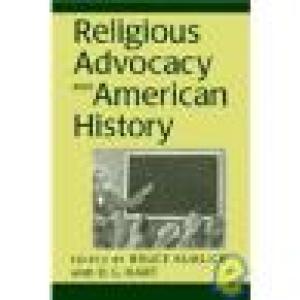
Religious Advocacy and American History explores the general question of bias and objectivity in higher learning from the perspective of the role of religious convictions in the study of American history. The contributors to this book, many of whom are leading historians of American religion and culture, address primarily two related questions. First, how do personal religious convictions influence one's own research, writing, and teaching? And, second, what place should personal beliefs have within American higher education? (From the Publisher)
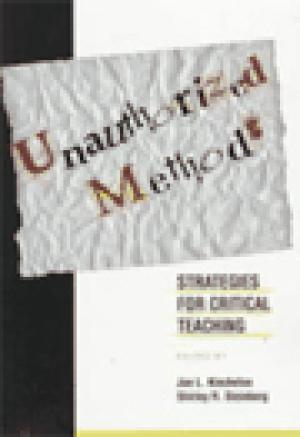
Unauthorized Methods makes accessible some of the best theoretical innovations in critical pedagogy of the last decade. The contributors consider how an integration of popular culture and cultural studies into the lesson plan can enrich and reinvigorate the learning experience. These essays, ranging widely in topic and educational level, are grounded in theory but intended for practical application. By focusing on classroom methods, the contributors provide educators with techniques, strategies, and examples designed to transform the classroom into a truly multicultural and democratic space. Unauthorized Methods will be an indispensable resource for teachers, students, and policy makers. (From the Publisher)
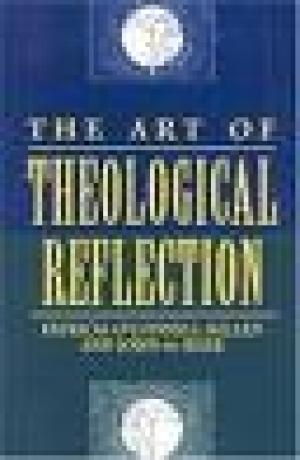
Here is a book for the millions of Christians who want to make a vital connection between their faith and their lives. This practical book provides a way for all of us to experience greater meaning in life and a more tangible sense of God's creative presence. (From the Publisher)
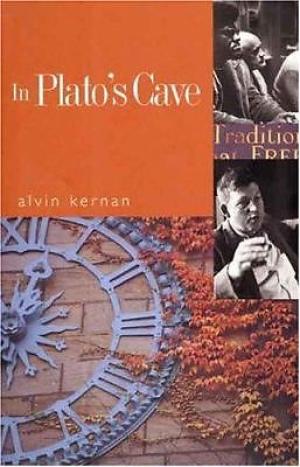
In this candid and delightful memoir, Alvin Kernan recalls his life as a student, professor, provost, and dean during turbulent decades of change in the hallowed halls of Columbia, Williams, Oxford, Yale, and Princeton. His vividly remembered account is a unique personal story and more--it is also a history of what has been won, and lost, in the culture wars of the second half of the twentieth century. (From the Publisher)
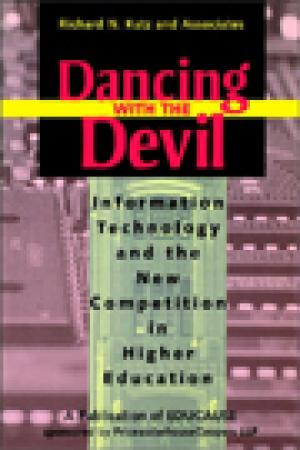
Today's Colleges and Universities face a new environment in which information technology is rapidly becoming the preferred mode of learning and academic institutions can no longer rely on traditional methods to survive and prosper. In this collection of essays, seven highly respected institutional, association, and financial leaders examine the formidable challenges facing all types of campuses. (From the Publisher)
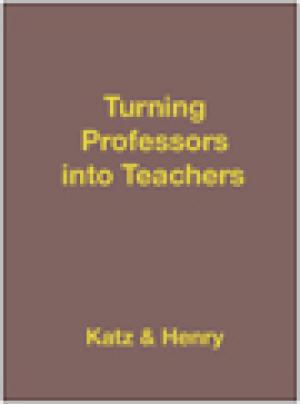
A really thoughtful and skillful examination (based on two research projects conducted between 1978 and 1987 which involved fifteen institutions) of the ways in which faculty and students think and learn, offering a concept of undergraduate teaching as a lifelong art that involves the continuous interaction of professors and students. (From the Publisher)

This best-selling book is a broad integrative overview of group dynamics. It introduces readers to the theory and research findings needed to understand how to make groups effective and to the skills required to apply that knowledge in practical situations. Joining Together illustrates how this knowledge and mastery of skills creates choices, opportunities, and successes for each individual. No other book offers the scope of coverage and the range of experiential exercises of Joining Together. Bridges the gap between theory and practice by combining theoretical and empirical knowledge with practical ways to apply it to the groups in which readers belong. For anyone interested in group dynamics in business, psychology, and social work. (From the Publisher)

"This handbook provides essential information on regulations and procedures. It is a compilation of policy and procedure statements from a variety of the Department, College of Arts and Science, and the University Graduate School documents. It is intended as a guide to fulfilling the responsibilities associated with an appointment as an Associate Instructure"
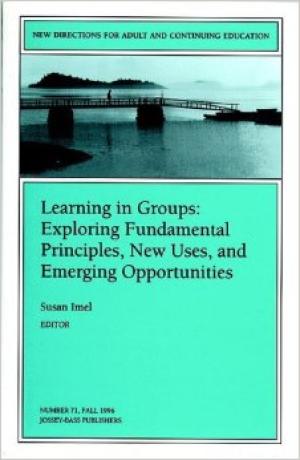
Learning in groups has deep historical roots in adult education, and adult educators use groups frequently in structuring learning experiences. Also, groups form the basis for mauch informal adult learning, both within and outside institutional boundaries. Although many adult educators espouse the value of learning in groups, the topic has been a relatively minor theme in the field's recent literature. The purpose of this volume of New Directions for Adult and Continuing Education is to examine selected aspects of learning in groups, including both theoretical concepts and actual practice. The chapter authors assess the status of group learning in adult education; the volume should be helpful to adult educators as they reflect on their use of groups. This is the 71st issue in the journal series New Directions for Adult and Continuing Education. (From the Publisher)
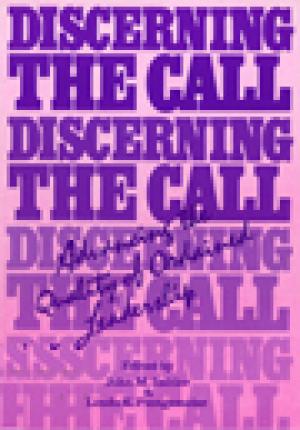
In 1986, 43 percent of Disciples clergy were between fifty and sixty. Where will their replacements come from, and how can we help them recognize and respond to their call? (From the Publisher)